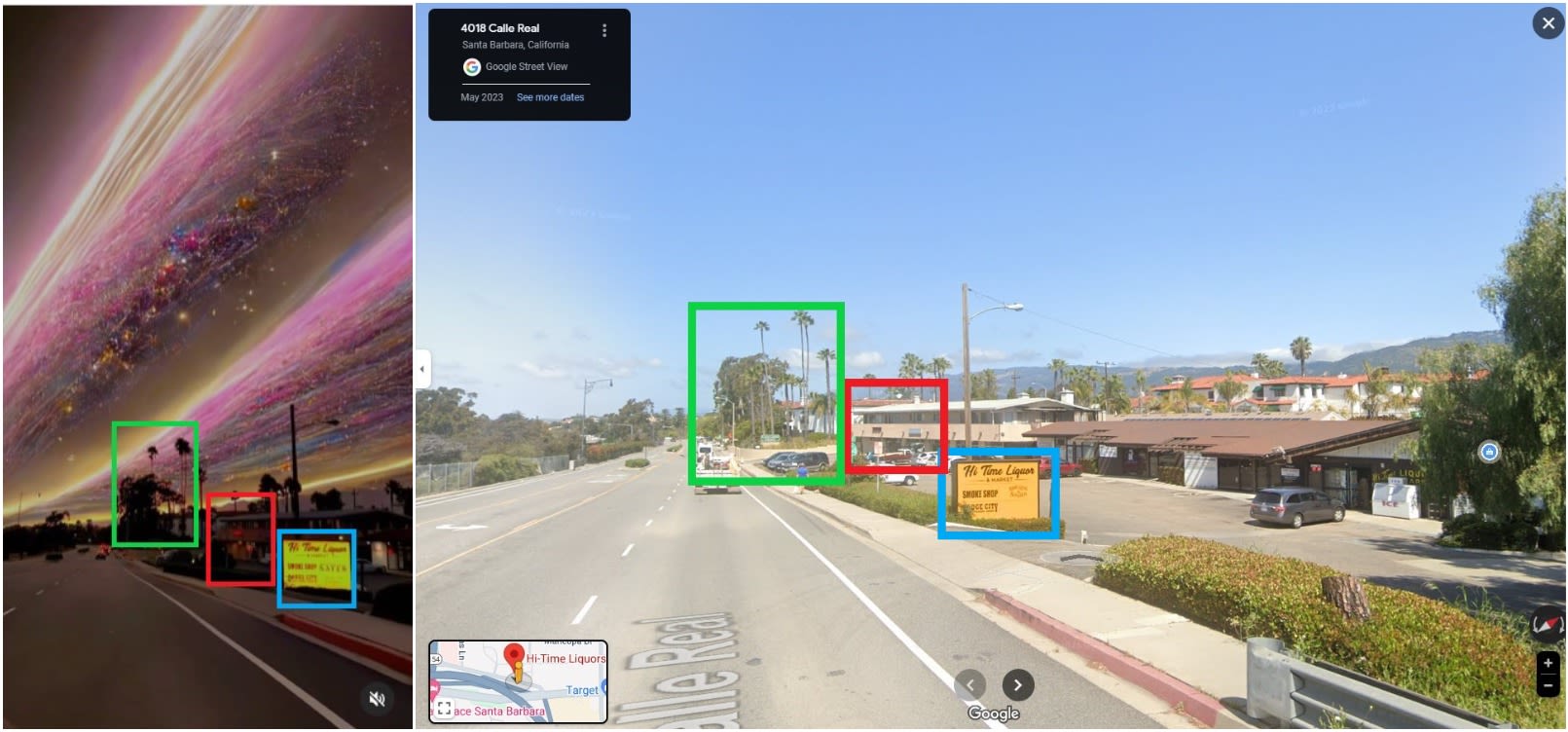Search results
News about Israel, computer-generated image, AI-generated image
News about Donald Trump, Elon Musk, criminal conviction
Also in the news
Sep 15, 2021 · Learn how afterimages, false images that stay visible after the original light stimulus is gone, can trick your eyes and brain. Discover the difference between negative and positive afterimages, and how they affect your vision and perception of motion.
An afterimage is an image that continues to appear in the eyes after a period of exposure to the original image. An afterimage may be a normal phenomenon (physiological afterimage) or may be pathological ( palinopsia ). Illusory palinopsia may be a pathological exaggeration of physiological afterimages.
Sep 1, 2023 · Palinopsia is when you see an image repeatedly even after it is gone. It can be caused by brain lesions, seizures, migraines, or medications. Learn how to diagnose and treat this rare condition.
Oct 18, 2019 · Learn what afterimages are and how they are caused by the overstimulation or depletion of the retina. Find out the difference between negative and positive afterimages and when to see a doctor for persistent afterimage in the eye.
May 9, 2024 · Palinopsia is distinct from a physiological after-image, which is a benign, normal response in which an image briefly persists after a person has stopped looking at the original visual stimulus. Images from palinopsia are longer-lasting and more intense than physiological after-images.
People also ask
What are afterimages & what causes them?
How do you get an afterimage?
What is a positive afterimage?
How long does an afterimage last?
Learn about afterimage, a visual illusion in which retinal impressions persist after the removal of a stimulus. Find out how afterimage is caused, what are the positive and negative types, and see some examples of afterimage phenomena.
Aug 1, 2016 · Learn how staring at images can cause ghostly visions, color imbalances, and other illusory effects. Explore the science behind afterimages and how they reveal the workings of the retina and the brain.






